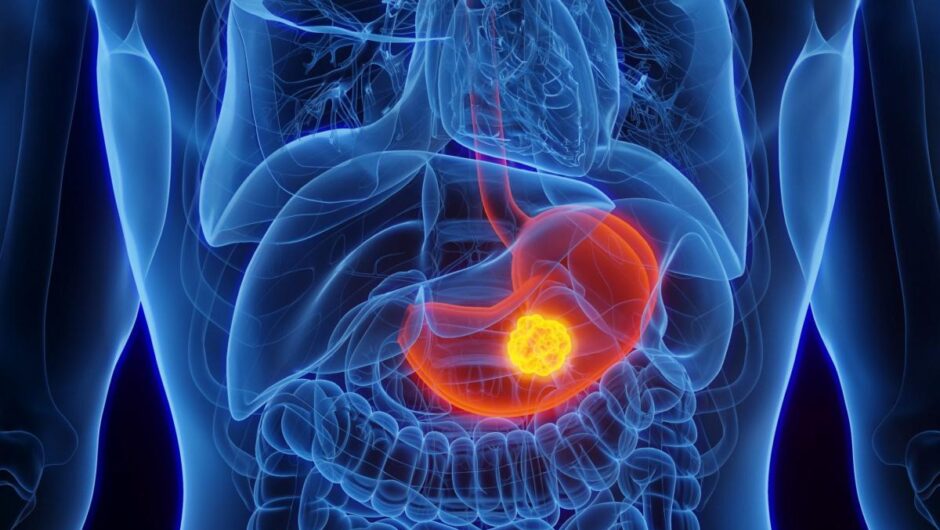Following on form our previous discussion about T-cells Do Some Of Us Have Better Defences Against Covid-19 Than We Thought? There are two significant factors that affect the final outcome of a Covid-19 infection.
We know that the severity of the infection is affected by the amount of virus infecting you at the when you catch it. That high viral load can overwhelm the defences of even young patients. (Health workers for example). There is a threshold of viral load that is crossed to infect people in that initial infection.
That viral load is greatly increased in enclosed spaces, hospital wards, cars, busses, trains, planes, ships etc. It is reasonable to assume that densely populated cities will have high viral load as well.
Now we also know from our DOCC theory, (Decline of Covid Cases), that just being around people infected with the virus you have a 50:50 chance of developing T cell immunity so low viral load is good as it triggers immunity. Also that T cell immunity is long lasting, (17 years, 2003)
Now let’s look at the time factor. Once a community get the virus they are in danger of losing lives. The outbreak of infection can develop in two ways.
A) Isolate the patients so they don’t get it as a group, family, care home, school, work etc. Case numbers grow slowly, viral load is low. We need to remember that the clock is ticking from the first infection but also that the longer it takes to spread the more likely the chance that those individuals who got it lightly will build T cells (takes 3-4 weeks). Fifty percent of these individuals if they can stay away from a ‘viral hit’ that infects them then they will will develop T cell immunity over the the next few months.
B) The others in the community if they do not have their viral load decreased will get enough virus to infect them and overload their defences, these individuals if they are old or have a pre-existing condition are in grave risk. They also, if kept in the same place increase the viral load in that community as well and that then becomes a growing centre of infection.
Some examples: South Korea: Low cases. They had 2 things going for them, some of them already had T- cell immunity from previous SARS MERS coronavirus epidemic. They also had a good computer App and highly efficient track and trace. Even to the point of violation of privacy.
Vietnam: Ridiculously low cases implying that many of the population had T- cell immunity from previous SARS MERS coronavirus epidemic.
Germany: Had existing testing facilities and many of the initial cases were in the younger section of the population so viral load kept low from the start and out of care homes.
UK: Specifically London, no testing so no idea who to isolate, hugely dependant of public transport, buses, trains, tube, high population density. Two large airports. Carelessly discharged infections in to closed communities. (care homes).
The London pattern and history of its outbreak mirrors New York pattern quite well.
Ideally to keep the final count low you need to keep low viral load for 4-8 weeks while invisible T cell immunity builds. Antibody immunity from recovered patients is a bonus.
To summarise. For half of us if we can dodge the the virus in our community for 4-6 weeks will develop our own defence, the longer we go into the window the less chance we have of being severely whacked by Covid-19. There is now ample evidence shows that as time goes on we are getting fewer deaths and severe cases.







